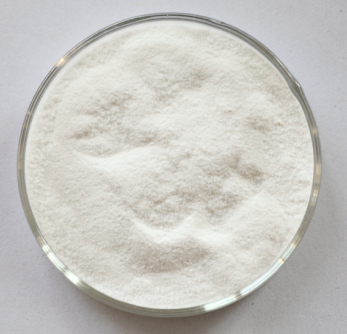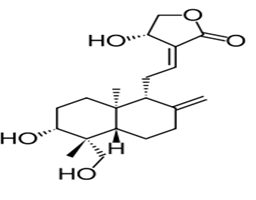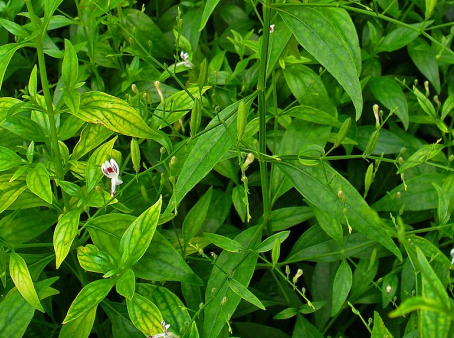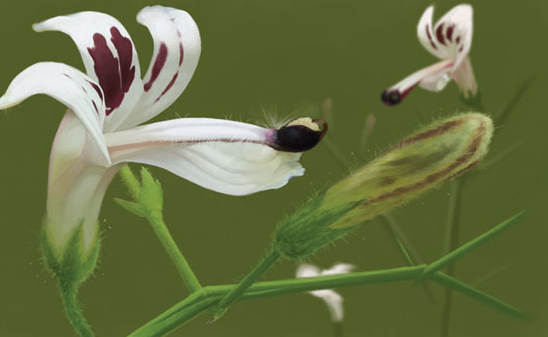One of Hottest for Andrographis Extract Factory in Porto
One of Hottest for Andrographis Extract Factory in Porto Detail:
[Latin Name] Andrographis paniculata(Burm.f.)Nees
[Plant Source] Whole herb
[Specification] Andrographolides 10%-98% HPLC
[Appearance] White powder
Plant Part Used: Herb
[Particle size] 80Mesh
[Loss on drying] ≤5.0%
[Heavy Metal] ≤10PPM
[Storage] Store in cool & dry area, keep away from the direct light and heat.
[Shelf life] 24 Months
[Package] Packed in paper-drums and two plastic-bags inside.
[Net weight] 25kgs/drum
[What is Andrographis?]
Andrographis paniculata is a bitter tasting annual plant, referred to as the “King of Bitters.” It has white-purple flowers and it is native to Asia and India where it has been valued for centuries for its numerous medicinal benefits. Over the past decade, andrographis has become popular in America where it is often used alone and in combination with other herbs for a variety of health purposes.
[How does it work?]
According to Memorial Sloan-Kettering Cancer Center, the active ingredient in andrographis is andrographolides. Due to the andrographolides, andrographis has potent anti-inflammatory and antimalarial properties. It also has antimicrobial properties, meaning it can help to fight off and prevent infections from harmful microorganisms such as viruses, bacteria and fungi. In addition, andrographis is a powerful antioxidant and it can help to prevent free radical induced damage to your cells and DNA
[Function]
Cold and Flu
Scientists have discovered that andrographis helps to boost the immune system by stimulating the body’s production of antibodies and macrophages, which are large white blood cells that scavenge harmful microorganisms. It is taken for both the prevention and treatment of the common cold, and it is often referred to as Indian echinacea. It might help lessen the severity of cold symptoms such as sleeplessness, fever, nasal drainage and sore throat.
Cancer, Viral Infections and Heart Health
Andrographis may also help to prevent and treat cancer, and preliminary studies done in test tubes found that extracts of andrographis help to treat stomach, skin, prostate and breast cancer. Due to the herb’s antiviral properties, andrographis is used to treat herpes and it is also currently being studied as a treatment for Aids and HIV as well. Andrographis also promotes heart health and can help to prevent the formation of blood clots as well as to dissolve already formed blood clots. In addition, the herb relaxes smooth muscles in the walls of blood vessels and thereby helps to reduce high blood pressure.
Additional Benefits
Andrographis is used to promote gallbladder and digestive health. It also helps to support and strengthen the liver and it is used in combination with other herbs in several Ayurvedic formulations to treat liver disorders. Finally, andrographis extracts taken orally have been found to help neutralize the poisonous effects of snake venom.
Dosage and Precautions
The therapeutic dose of andrographis is 400 mg, twice daily, for up to 10 days. Although andrographis is considered safe in humans, the NYU Langone Medical Center warns that animal studies suggest that it may impair fertility. Andrographis may cause unwanted side effects such as headaches, fatigue, allergic reactions, nausea, diarrhea, altered taste and pain in the lymph nodes. It may also interact with certain medications and as with any supplement you should consult your health care practitioner before taking the herb.
Product detail pictures:

Related Product Guide:
To get the stage of realizing dreams of our employees! To build a happier, more united and much more skilled crew! To reach a mutual benefit of our prospects, suppliers, the society and ourselves for One of Hottest for Andrographis Extract Factory in Porto , The product will supply to all over the world, such as: Cyprus, Germany, Jordan, Certainly, competitive price, suitable package and timely delivery will be assured as per customers' demands. We sincerely hope to build business relationship with you on the basis of mutual benefit and profit in the very near future. Warmly welcome to contact us and become our direct cooperators.
★ Natural Male Enhancement ★ (Subliminal Brainwave Entrainment Vibration Binaural Beats Frequencies)
➤Loop this video:
➤Listen to Quadible’s Masculine Energy Enhancement Series Playlist:
Our social pages:
● Website: https://spirilution.com/
●Online Store: https://spirilution.com/store
● Amazon (store coming soon): https://www.amazon.com/?tag=quadible-20
● Facebook: https://www.facebook.com/spirilution
● Instagram: https://www.instagram.com/starseedconnection
● Twitter: https://twitter.com/Spirilution
●Subscribe To Our Channel ![]() https://www.youtube.com/channel/UCsRDV8w4EpmyBw3TpUfkOqA?sub_confirmation=1
https://www.youtube.com/channel/UCsRDV8w4EpmyBw3TpUfkOqA?sub_confirmation=1
✫✫✫✫✫✫✫✫✫✫✫✫✫✫✫✫✫✫✫✫✫✫✫✫✫✫✫✫✫✫✫✫✫✫✫✫
Due to an overwhelming amount of gratifying donations, Quadible Integrity has decided to treat you with a token of appreciation with this powerful Natural Male Enhancement Concoction by popular demand.
Created mainly to increase the size and girth of your manhood, this formula an auditory aphrodisiac / male genitalia toner/rejuvenator, also includes other added benefits as it nourishes, tones, rejuvenates, and strengthen the male sex glands (testis, prostate, etc.), prevents debilitation of the penis and testicles, and helps to improve erection, enhance girth, boost libido, increase stamina and endurance, enhance virility and sperm production, thus greatly improving the sex life by enhancing sexual performance.
Other Benefits from this concoction also help to balance the Yin-Yang energy or frequency of males, clear the aura of the penis and testicles, and remove attached entities in the penis, testicles and prostate picked up from toxic orifices of past sexual partners.
Powerful Programmed energy + Crystal & gemstone vibrations of Moonstone, Red Garnet, Green Aventurine, Shiva Lingham, and Rose Quartz are all part of this compound all working towards multiple physical and spiritual benefits within the genital region.
∞∞∞∞∞∞∞∞∞∞∞∞∞∞∞∞∞∞∞∞∞∞∞∞∞∞∞∞∞∞∞∞∞∞∞∞∞∞∞∞∞∞∞
Feel Free to comment on results and also requests as we will try to accommodate you based on popular demand. Peace love and Blessings Beloveds.
★ Natural Male Enhancement ★ (Subliminal Brainwave Entrainment Vibration Binaural Beats Frequencies)
Dont Forget to Like , Subscribe and Share.
While Belief is very important, please make sure to drink plenty of pure water to maximise the effects of the frequencies.
We will not be promoting this channel. We are not focused on fame, we aim for good karma/the universe to attract the people to this channel.
All Quadible creations are backed by pure love energy, we feel that LOVE is the most powerfulest vibration in the Universe.
Listen to Quadible’s Masculine Energy Enhancement Series:
https://www.youtube.com/playlist?list…
We have received many before / after photos as well as mutiple success stories/testimonials from many of you and we feel very glad to help you in your desires. Thank you to all of you beautiful souls who continue to graciously make donations as we are filled with endless gratitude.
All funds will be contributed to future Quadible formulas & projects. This is obviously not mandatory, we only would like to receive donations that hold pure appreciation / love energy.
If you would like to make a donation see link below.
https://www.paypal.com/cgi-bin/webscr?cmd=_s-xclick&hosted_button_id=DLNT6WP8WTJ5C
★ Natural Male Enhancement ★ (Subliminal Brainwave Entrainment Vibration Binaural Beats Frequencies)
All Sounds are the Copyright of Quadible Integrity©
How to grow mushrooms series: Liquid culture. https://www.shroomology.org/forums/topic/6-how-to-grow-magic-mushrooms-shrooms-in-bulk/
If you have any questions or need further explanation please visit the above link, for all you could need to see or read. Ask questions also.
Thanks to https://www.shroomology.org
Mushroom Spores- https://sourceofspores.com
Adhering to the business principle of mutual benefits, we have a happy and successful transaction, we think we will be the best business partner.









